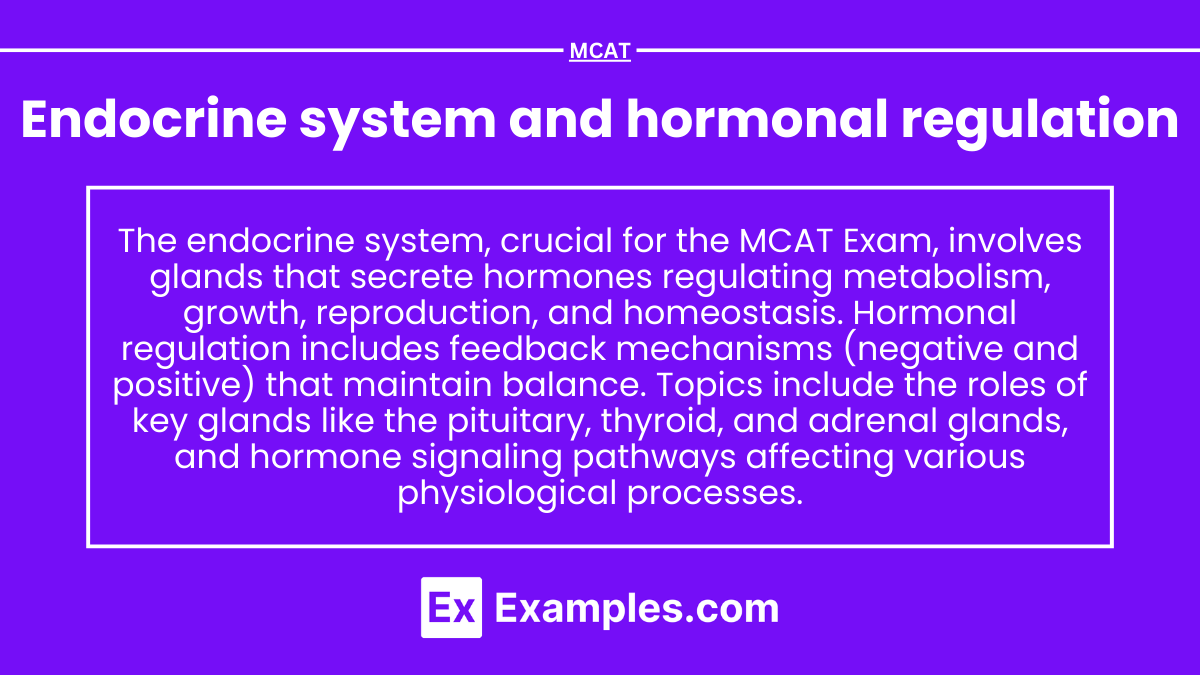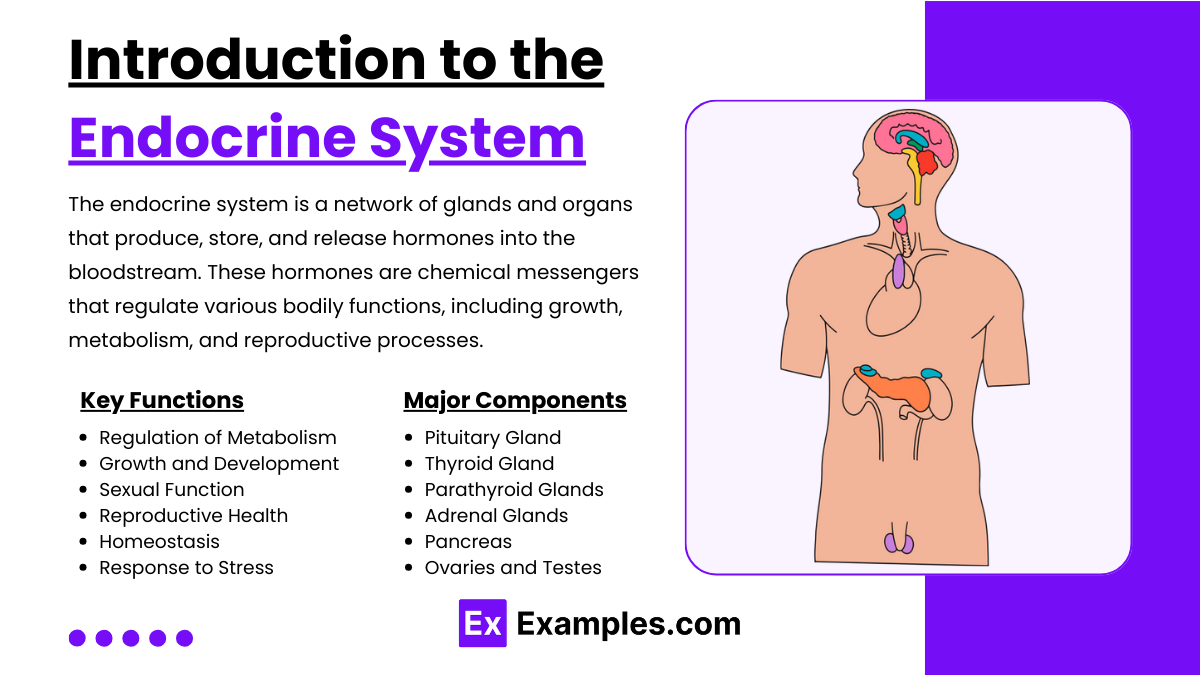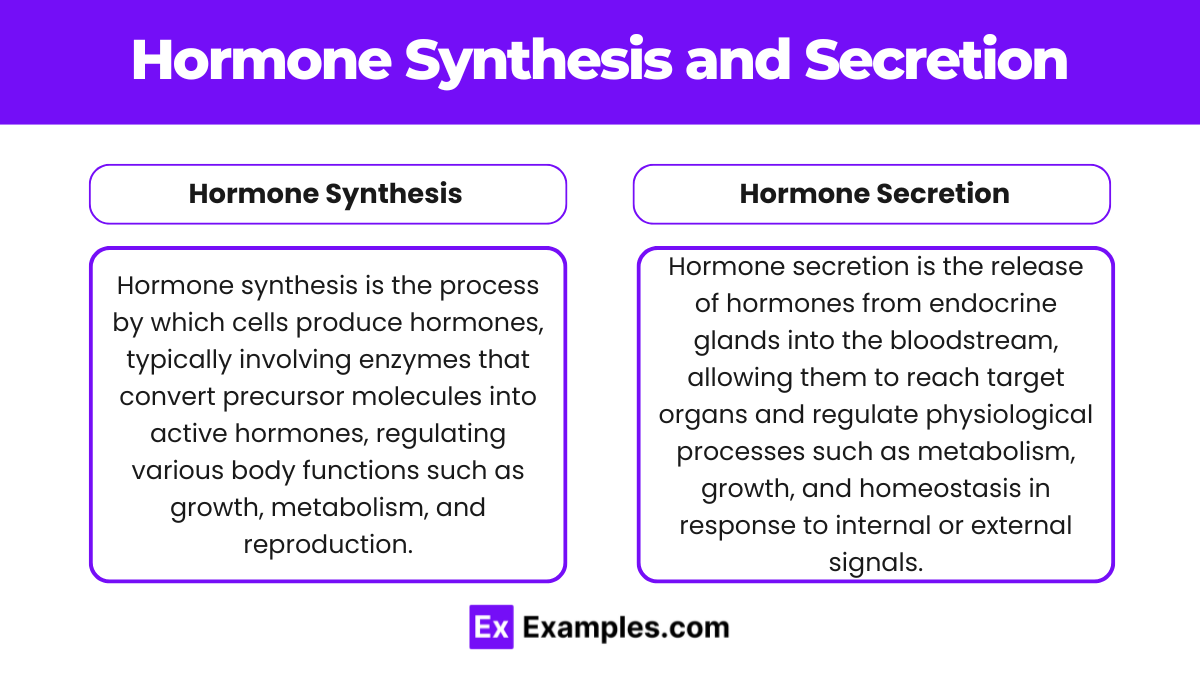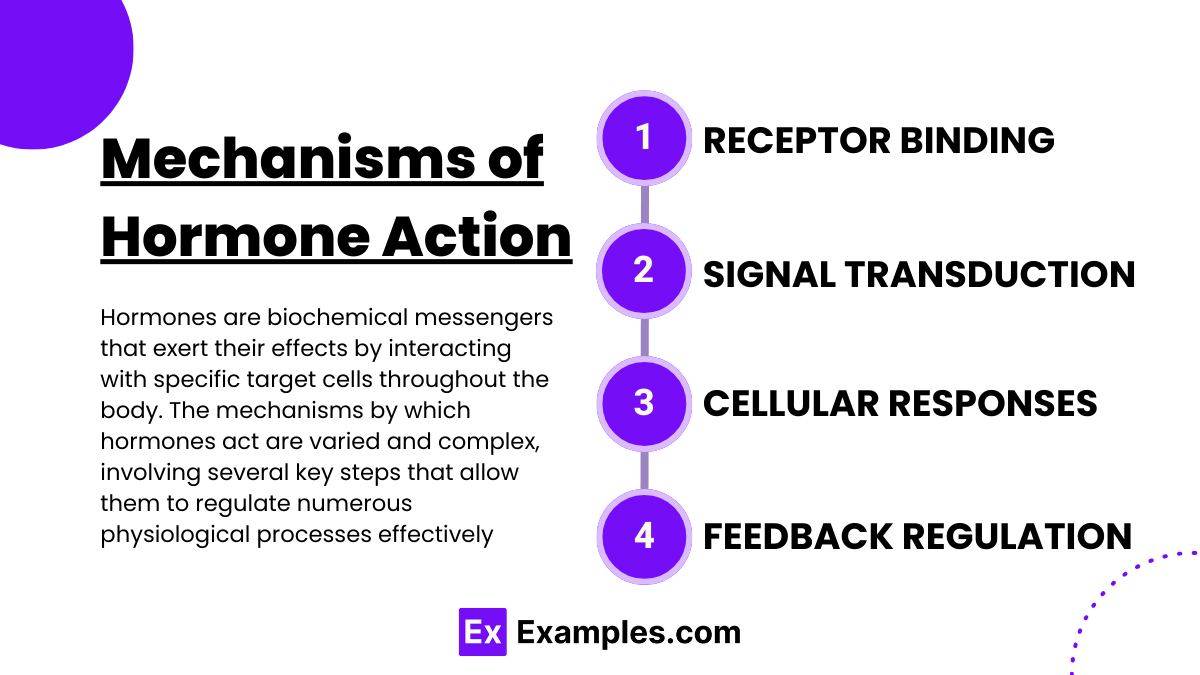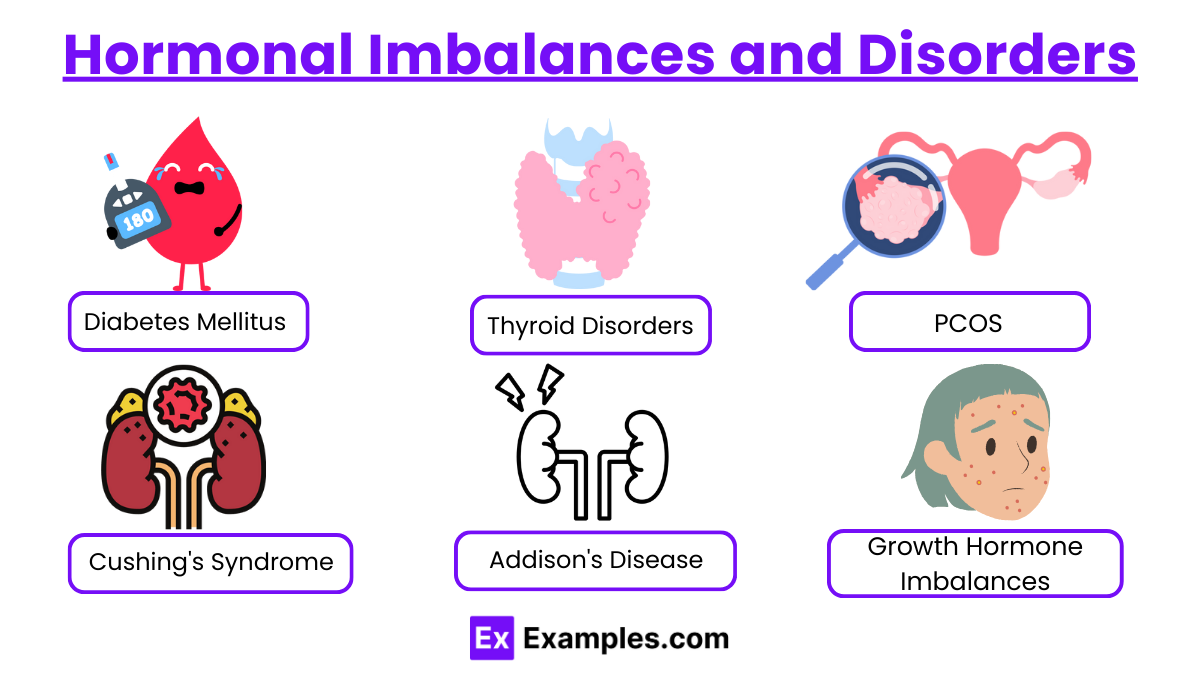Preparing for the MCAT requires a deep understanding of the endocrine system and hormonal regulation. Key concepts include hormone synthesis, secretion, and action mechanisms. Mastery of these elements is crucial for comprehending how hormones maintain homeostasis and influence various physiological processes, essential for a high MCAT score.
Learning Objective
In studying the "Endocrine System and Hormonal Regulation" for the MCAT, you should focus on understanding the structure and function of various endocrine glands and the hormones they produce. Analyze how hormones influence physiological processes like metabolism, growth, and reproduction. Evaluate the mechanisms of hormone action, including signal transduction pathways. Additionally, explore how hormonal imbalances lead to clinical conditions such as diabetes and thyroid disorders. Apply this knowledge to solve and interpret questions and scenarios in MCAT practice passages, emphasizing the endocrine system's integral role in maintaining homeostasis and responding to internal and external stimuli.
Introduction to the Endocrine System
The endocrine system is a network of glands and organs that produce, store, and release hormones into the bloodstream. These hormones are chemical messengers that regulate various bodily functions, including growth, metabolism, and reproductive processes. Here's a basic introduction to the major components and functions of the endocrine system:
Major Components
Pituitary Gland: Often referred to as the "master gland," it regulates other endocrine glands and controls several bodily functions, including growth and reproduction.
Thyroid Gland: Located in the neck, it produces hormones that regulate metabolism, energy generation, and body temperature.
Parathyroid Glands: These small glands located on the thyroid gland produce parathyroid hormone, which is important for maintaining calcium levels.
Adrenal Glands: Situated above the kidneys, these glands produce hormones that help regulate metabolism, immune system, blood pressure, and response to stress.
Pancreas: It has dual roles, functioning both as an endocrine and exocrine gland. As an endocrine gland, it produces insulin and glucagon to control blood sugar levels.
Ovaries and Testes: These reproductive glands produce hormones that influence sex characteristics and reproduction.
Key Functions
Regulation of Metabolism: Hormones like thyroxine from the thyroid gland help set the pace at which your body uses energy.
Growth and Development: Hormones such as growth hormone from the pituitary gland play critical roles in bodily growth and development of tissues and organs.
Sexual Function and Reproductive Health: Hormones from the ovaries and testes regulate sexual function and reproductive health.
Homeostasis: The endocrine system helps maintain internal balance by adjusting physiological processes in response to external and internal changes.
Response to Stress: Hormones like cortisol from the adrenal glands help the body cope with stress by altering metabolism and immune responses.
Hormone Synthesis and Secretion
Hormone synthesis and secretion are critical processes within the endocrine system, enabling hormones to regulate numerous physiological functions. Here’s how these processes generally work across different glands:
Hormone Synthesis
Hormone synthesis is the process by which cells produce hormones, typically involving enzymes that convert precursor molecules into active hormones, regulating various body functions such as growth, metabolism, and reproduction.
Gene Expression: The process typically begins at the genetic level, where specific genes encoding for hormones are activated in endocrine cells. These genes direct the synthesis of precursor proteins.
Protein Modification: These precursor proteins often undergo several modifications. For instance, prohormones (inactive precursors) can be cleaved and modified within the cells to become active hormones. A common example is proinsulin being converted into insulin in the pancreas.
Post-translational Modification: Modifications may include the addition of functional groups, folding into three-dimensional structures, and formation of disulfide bonds. For example, thyroglobulin in the thyroid gland is iodinated to form thyroid hormones.
Hormone Secretion
Hormone secretion is the release of hormones from endocrine glands into the bloodstream, allowing them to reach target organs and regulate physiological processes such as metabolism, growth, and homeostasis in response to internal or external signals.
Storage: Many hormones are stored in secretory vesicles within the endocrine cells until they are signaled to be released. Insulin in the beta cells of the pancreas is a prime example of this storage mechanism.
Release Mechanisms: The release of hormones is usually triggered by specific stimuli, which can be:
Humoral Stimuli: Changes in the concentration of certain ions or nutrients in the blood. For example, an increase in blood glucose levels triggers the release of insulin.
Neural Stimuli: Neural input can stimulate hormone release, such as the sympathetic nervous system triggering the release of adrenaline from the adrenal medulla.
Hormonal Stimuli: Other hormones can stimulate the release of additional hormones, such as the hypothalamic hormones prompting the pituitary gland to release its hormones.
Feedback Regulation: Hormone levels are typically regulated by feedback mechanisms to maintain homeostasis. Negative feedback loops are common, where a rise in the level of a hormone leads to actions that inhibit further secretion. For instance, high levels of cortisol inhibit the release of corticotropin-releasing hormone (CRH) from the hypothalamus and adrenocorticotropic hormone (ACTH) from the pituitary gland.
Mechanisms of Hormone Action
Hormones are biochemical messengers that exert their effects by interacting with specific target cells throughout the body. The mechanisms by which hormones act are varied and complex, involving several key steps that allow them to regulate numerous physiological processes effectively. Here’s an overview of how hormones generally act on their target cells:
1. Receptor Binding
Hormones exert their effects by binding to specific receptors located on the surface or inside their target cells. The nature of the hormone (water-soluble vs. lipid-soluble) determines its interaction with cellular receptors:
Water-soluble hormones (e.g., peptides like insulin and catecholamines like adrenaline) cannot cross the cell membrane and thus bind to receptors on the cell surface.
Lipid-soluble hormones (e.g., steroid hormones like cortisol and sex hormones, and thyroid hormones) can diffuse through the lipid bilayer of cell membranes and bind to intracellular receptors, often located in the cytoplasm or nucleus.
2. Signal Transduction
The binding of a hormone to its receptor initiates a sequence of biochemical reactions within the cell, known as signal transduction:
For water-soluble hormones, receptor binding typically activates second messenger systems. Common second messengers include cyclic AMP (cAMP), calcium ions (Ca²⁺), and inositol triphosphate (IP3). These messengers amplify the hormonal signal within the cell and lead to a variety of cellular responses.
For lipid-soluble hormones, the hormone-receptor complex often translocates to the nucleus where it can directly influence gene expression by acting as a transcription factor. This alters mRNA synthesis and, consequently, protein synthesis, leading to changes in cell function.
3. Cellular Responses
The final response of the cell to a hormone can vary widely but typically includes:
Modulation of enzyme activity: Either through direct activation or inhibition or by modulating the rate of enzyme synthesis.
Changes in cell permeability: By altering the structure or function of cellular membrane channels or transporters.
Gene expression changes: Especially for lipid-soluble hormones that act directly on the DNA, leading to long-term changes in cellular function.
4. Feedback Regulation
Hormonal effects are tightly regulated by feedback mechanisms to maintain homeostasis:
Negative feedback is the most common mechanism, where an increase in an end product leads to suppression of the process that produced it. For example, high levels of thyroid hormones will inhibit the release of thyrotropin-releasing hormone (TRH) from the hypothalamus and thyroid-stimulating hormone (TSH) from the pituitary gland.
Positive feedback occurs less frequently and involves the enhancement of hormone release, as seen in the release of oxytocin during childbirth.
Hormonal Imbalances and Disorders
Hormonal imbalances occur when there is too much or too little of a hormone in the bloodstream. Due to their essential role in regulating vital processes throughout the body, even small hormonal imbalances can cause side effects throughout the body. Here are some common hormonal disorders caused by such imbalances:
1. Diabetes Mellitus
Types: Type 1 (autoimmune, lack of insulin) and Type 2 (insulin resistance).
Symptoms: Increased thirst, frequent urination, hunger.
Treatment: Insulin therapy, medications, lifestyle changes.
2. Thyroid Disorders
Types: Hypothyroidism (low thyroid hormone) and Hyperthyroidism (high thyroid hormone).
Symptoms: Weight changes, altered energy levels, mood swings.
Treatment: Medication, hormone replacement, possibly surgery.
3. Polycystic Ovary Syndrome (PCOS)
Symptoms: Irregular periods, excess hair growth, acne.
Treatment: Lifestyle modifications, hormonal control through birth control pills, medications.
4. Cushing's Syndrome
Cause: High cortisol levels, often from corticosteroid use or tumors.
Symptoms: Weight gain, thinning skin, high blood pressure.
Treatment: Reduce steroid use, remove tumors, medication.
5. Addison's Disease
Symptoms: Fatigue, weight loss, low blood pressure.
Treatment: Hormone replacement therapies.
6. Growth Hormone Imbalances
Issues: Deficiency (stunted growth) or Acromegaly (excess growth hormone).
Treatment: Hormone therapy, surgery, radiation if needed.
Examples
Example 1:Insulin and Glucose Regulation
A person consumes a high-sugar meal.
After eating, blood glucose levels rise, triggering the pancreas to release insulin. Insulin facilitates the uptake of glucose into cells, lowering blood glucose levels back to normal and promoting its storage as glycogen in the liver and muscles.
Example 2:Thyroid Hormone Regulation
Cold weather increases the demand for body heat.
The hypothalamus senses the drop in temperature and stimulates the pituitary to release TSH, which in turn stimulates the thyroid gland to release more thyroid hormones. These hormones increase metabolic rate and heat production.
Example 3:Adrenal Stress Response
An individual experiences a sudden stressful event.
The adrenal glands release cortisol, which increases blood sugar through gluconeogenesis to provide immediate energy for a 'fight or flight' response. Simultaneously, adrenaline increases heart rate and blood pressure to prepare the body for rapid action.
Example 4:Calcium Homeostasis
Low blood calcium levels are detected.
The parathyroid glands release parathyroid hormone (PTH), which increases blood calcium levels by promoting calcium release from bones, increasing calcium reabsorption in the kidneys, and enhancing calcium absorption from the intestines by stimulating the production of active vitamin D.
Example 5:Menstrual Cycle Hormonal Regulation
Normal menstrual cycle in a reproductive-age woman.
The cycle starts with the release of gonadotropin-releasing hormone (GnRH) from the hypothalamus, which stimulates the pituitary to secrete FSH and LH. These hormones promote ovulation and the development of the corpus luteum, which produces progesterone to prepare the uterus for potential pregnancy.
Practice Questions
Question 1:
What hormone is primarily responsible for lowering blood glucose levels?
A) Glucagon
B) Insulin
C) Cortisol
D) Epinephrine
Answer: B) Insulin
Explanation:
Insulin, produced by the beta cells of the pancreas, plays a crucial role in regulating blood glucose levels by promoting the uptake of glucose into cells and its conversion to glycogen for storage in the liver and muscles, thus lowering blood glucose levels. Glucagon, on the other hand, has the opposite effect by raising blood glucose levels.
Question 2:
Which gland is referred to as the "master gland" due to its influence over other endocrine glands?
A) Thyroid
B) Adrenal
C) Pituitary
D) Pineal
Answer: C) Pituitary
Explanation:
The pituitary gland is often called the "master gland" because it produces hormones that regulate the function of other endocrine glands such as the thyroid, adrenals, and the reproductive organs. It secretes a variety of important hormones, including growth hormone, thyroid-stimulating hormone (TSH), and adrenocorticotropic hormone (ACTH).
Question 3:
What is the primary action of parathyroid hormone (PTH)?
A) Decreases blood calcium levels
B) Increases blood calcium levels
C) Decreases blood potassium levels
D) Increases blood magnesium levels
Answer: B) Increases blood calcium levels
Explanation:
Parathyroid hormone (PTH) is secreted by the parathyroid glands in response to low blood calcium levels. Its primary function is to elevate blood calcium levels by increasing calcium reabsorption in the kidneys, stimulating the release of calcium from bones, and enhancing the intestinal absorption of calcium through its effects on vitamin D metabolism.

